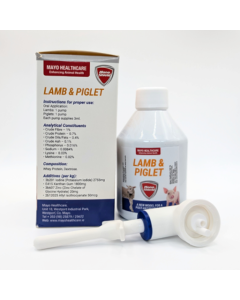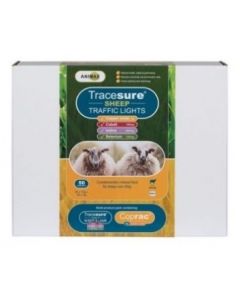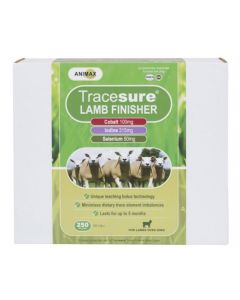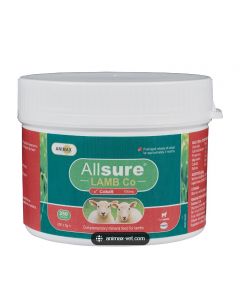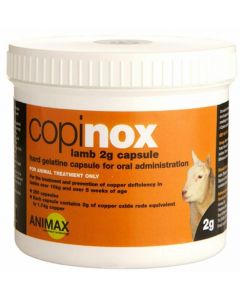Ewe and Lamb boluses doing the business for Leicestershire sheep farmer
-

- 17 May 2024
- 0 Comments

“We previously used to bolus years ago but didn’t get on with it as we found the boluses quite big in size and we were always cautious they would cause damage to the animal, so that’s when we switched to drenching all classes of stock” recalls Warwick.
“Lambs were gathered every 6 weeks to drench. By the time you’ve paid your staff , factored in your own time to gather stock in and sorted through lambs, it wasn’t cost-effective” explains Warwick.
“As weaning time approached, I explored alternative solutions with my Animal Health Manager, Nick White, from Wynnstay. He recommended the Wynnstay Lamb boluses. Reassured that they were small in size, in turn making them easy to administer, we felt confident that with the good levels of selenium, iodine, zinc and cobalt, our lambs would continue to grow” Warwick adds.
“We noticed such a big difference in overall lamb performance after a few weeks of giving the Wynnstay Lamb boluses that we didn’t hesitate in trying the Wynnstay Ewe boluses a few weeks later”.
“Historically, we would always give ewes a copper pill at tupping time alongside a drench, but with the option of having the Wynnstay Ewe boluses plus copper in one bolus, this would also reduce the amount of time handling. Although drenches give a quick boost, we needed something that was going to give a longer-term cover, especially where ewes were grazing lesser quality ground.”
Our barren rate has historically sat around 4%, and with the drought, we were expecting the worst, but it dropped from an average of 4% to 1.8%; we were delighted!”
“The Wynnstay Ewe and Lamb boluses have significantly increased the performance of my flock while at the same time reducing my handling time.
They are now a firm part of my flock protocol.” Warwick concludes.

